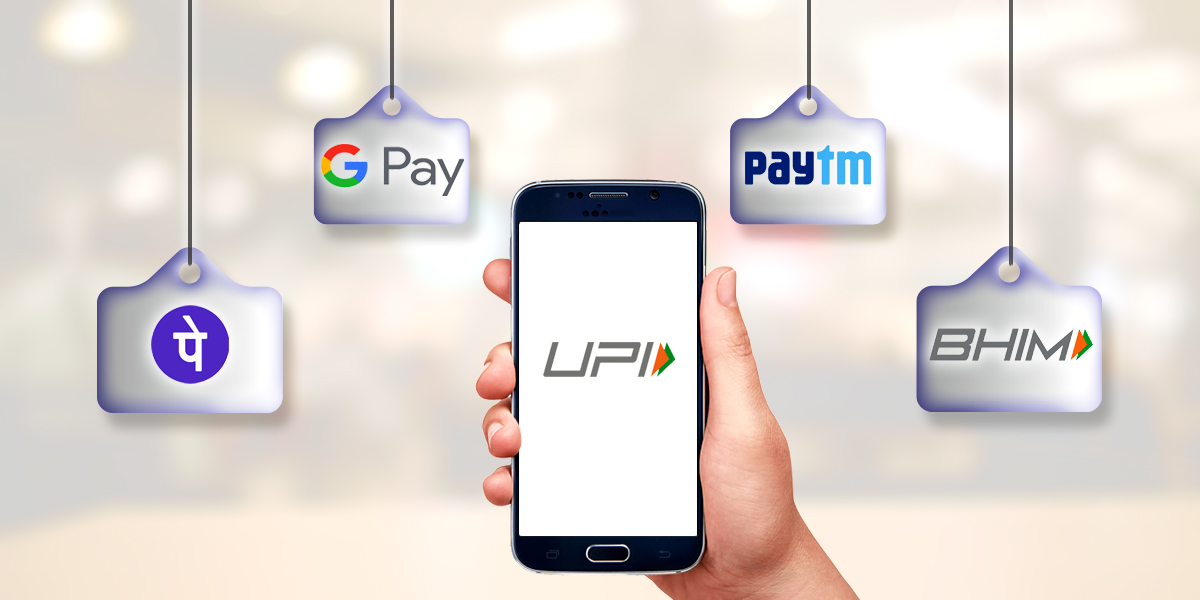A major player in the digital payment market, Google Pay has teamed up with NPCI Payments International Limited (NPIL) in a strategic move that has the potential to drastically change the way that international transactions are conducted. This collaboration marks a paradigm change in favor of a more simple and accessible way to make foreign payments as Google Pay joins the ranks of well-known payment aggregators like PhonePe and Paytm.

Credits: Entrackr
Navigating the Global Payments Sphere: Google Pay and UPI Integration
Enter Google Pay’s foray into international waters, allowing users to conduct transactions using UPI, bypassing the need for international debit, credit, or forex cards. This move isn’t just a step forward; it’s a leap toward a cashless and cardless future, offering users a simplified method for global payments.
Smooth Sailing with Currency Convenience
One standout feature of this collaboration is the ability for users to pay foreign merchants using Google Pay UPI in the currency of the respective country. This subtle enhancement transforms the user experience, addressing the complexities of currency conversion and making international transactions more seamless and efficient.
Government Initiatives and the UPI Ripple Effect
BHIM UPI QR Codes: A Global Currency
The Indian government’s initiatives for cross-border real-time money transfers through UPI are gaining traction. BHIM UPI QR codes are making waves internationally, with acceptance in countries like Singapore, UAE, Mauritius, Nepal, and Bhutan. This recognition underscores the global acknowledgment of India’s robust UPI infrastructure.
Connecting the Dots in International Remittances
Ritesh Shukla, CEO of NPCI International Payments Limited, expresses excitement about creating a more connected international remittance network. This vision aligns with the evolving trend of global financial integration, where users seamlessly transfer funds across borders.
P2P Remittances: A Collaborative Push Towards Efficiency
Beyond Borders: Reducing Dependency on Conventional Channels
Google Pay, along with banks and apps like Paytm, PhonePe, and BHIM, is enabling P2P remittances via UPI in addition to international transactions. With a speedier and more affordable option for cross-border fund transfers, this change seeks to lessen dependency on conventional money transfer channels.
Diverse Participation: Apps, Banks, and the UPI Ecosystem
Beyond Google Pay, a spectrum of apps and banks, including Axis Bank, DBS Bank India, ICICI Bank, Indian Bank, Indian Overseas Bank, and State Bank of India, are actively involved in offering or planning to offer UPI services for international transactions. This collaborative effort extends the reach and accessibility of UPI services on a global scale.
Strategic Expansion Initiatives by NPCI: Building Bridges Across Borders
Seamless Remittance Networks: NPCI’s Vision Unfolds
NPCI’s role in expanding UPI’s cross-border interoperability feature is pivotal. The organization’s commitment to creating a seamless international remittance network aligns with the broader goals of enhancing financial connectivity globally. This initiative is expected to open new avenues for cross-border trade and economic activities.
Market Dynamics: Cross-Border Transactions and Beyond
India-Singapore Corridor and the Billion-Dollar Flow
With instant and secure money transfers from Singapore to India using major UPI apps, the annual cross-border flow between the two nations, already exceeding $1 billion, is poised for significant growth. This not only strengthens financial ties but also sets the stage for similar corridors with other countries.
Digital Surge: UPI Adoption and Market Dynamics
The rising value of UPI transactions, which hit INR 18 lakh crore in December 2023, is a sign of the expansion of the acceptance of electronic payment systems. The notable growth in UPI transactions—which increased by 60% from 7,404.45 crore in 2022 to a record 11,768 crore in 2023—indicates a shift in the financial system toward one that is more efficient and digitized.
Conclusion: A New Horizon for Global Transactions with Google Pay UPI
Google Pay’s venture into international UPI services marks a transformative moment in the digital payments landscape. The collaboration with NPIL and the active participation of other apps, banks, and NPCI signify a concerted effort towards creating a seamless and connected global financial landscape. As UPI adoption continues to rise and traditional barriers to cross-border transactions fade away, the impact on the market is profound, ushering in a future where international payments are as simple as a tap on a smartphone.












